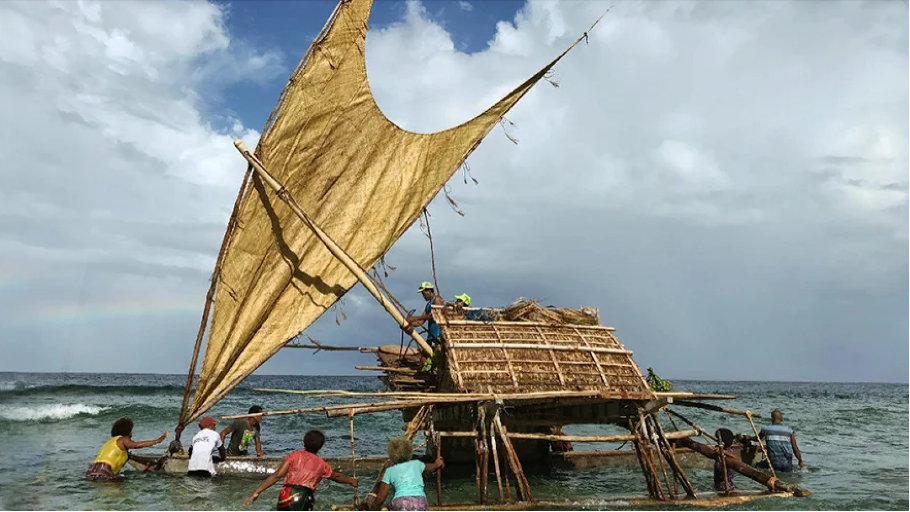The Ziibiwing Center and Indigenous Museum Practice
- Kara Johnson

- Nov 9, 2022
- 3 min read
Updated: Dec 14, 2022
How an Indigenous-run museum and cultural center sets an extraordinary example for practices that uplift community.

The Ziibiwing Center of Anishinabe Culture & Lifeways is a phenomenal example of an Indigenous-led project that serves their community first and foremost. The Center opened in 2004, and was a fully tribal undertaking from the idea’s inception (Lonetree 2012).
Mindjimendamowin / Blood Memory "Blood memory is an inherent connection we have to our spirituality, ancestors, and all of Creation. Blood memory can be described as the emotions we feel when we hear the drum or our language for the first time. The Creator gives these emotions to us at birth. we use these emotions or blood memories to understand our heritage and our connection to our ancestors. Blood memory makes these connections for us."
Among many community-centered and educational programs, one of the center’s most notable features is its permanent exhibition: Diba Jimooyung. I have not yet had the pleasure to visit myself, so I refer to Amy Lonetree’s detailed overview of the exhibit in her book: Decolonizing Museums (2012). Visitors move through the exhibit hearing the seven prophecies, or seven fires of the Anishinabe people. Each is first spoken in the Anishinabe language and then in English. The prophecies provide somewhat of a timeline that guides the visitor, spanning from pre-European contact to post-colonization.
There are many ways in which the Ziibiwing center prioritizes the health of their community above all else. One of these is the language preservation effort and frequent use of the Anishinabe language before an English translation is provided. Additionally, it stood out to me that when representing a petroglyph site near the beginning of the exhibit, Ziibiwing made sure to not recreate it exactly in order to protect the integrity of such a sacred scene. This is something that only an Indigenous-led effort would recognize the need for, and should provide a reminder for other museums of the importance of Indigenous collaboration at the very least.
Most notably, after visitors spend time in the "Effects of Colonization" gallery, an immersive sensory experience that contains incredibly difficult themes of colonization and brutality and highlights immeasurable traumas, visitors enter the "Blood Memory" gallery. Mindjimendamowin (Blood Memory) is defined on a text panel: "Blood memory is an inherent connection we have to our spirituality, ancestors, and all of Creation. Blood memory can be described as the emotions we feel when we hear the drum or our language for the first time. The Creator gives these emotions to us at birth. we use these emotions or blood memories to understand our heritage and our connection to our ancestors. Blood memory makes these connections for us" (Lonetree 2012). This part of the exhibit is designed with the intention to be a place for visitors to reflect on the difficult material they just encountered and perhaps begin the process of healing from this history.
The remainder of the exhibit focuses on current Anishinabe concerns and survival. We must see more museum practices of this variety. Ones that not only respect Indigenous cultures, but actively work to support communities. It is clear that the success of this center relies largely on it being Indigenous-run, demonstrating the importance for other museums to at the very least collaborate with Indigenous peoples. The Ziibiwing Center is certainly at the top of my list, and it should be on yours too!
Lonetree, Amy. 2012. “The Ziibiwing Center of Anishinabe Culture & Lifeways: Decolonization, Truth Telling, and Addressing Historical Unresolved Grief.” In Decolonizing Museums: Representing Native America in National and Tribal Museums, 123-167. Chapel Hill: University of North Carolina Press.



Comments